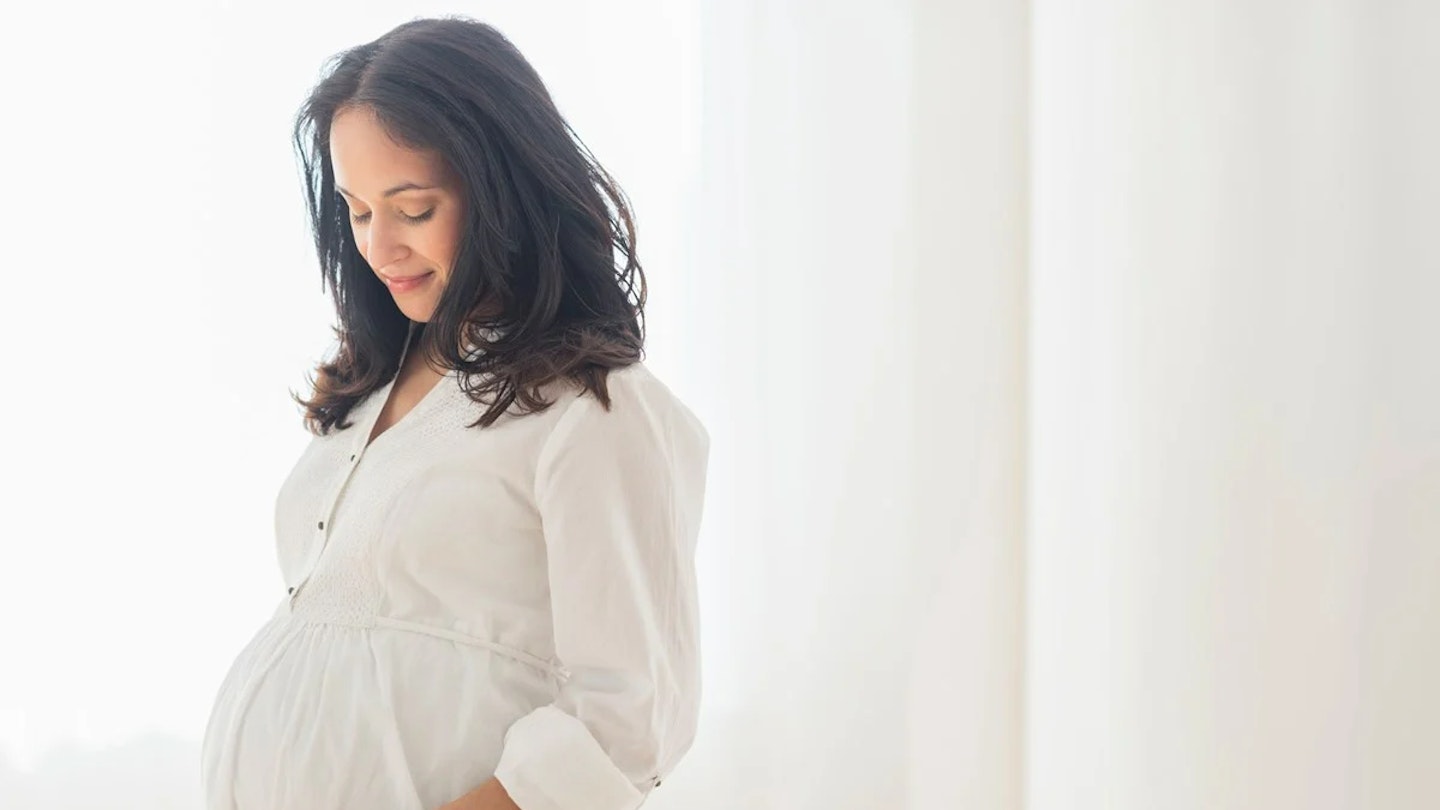At 33 weeks pregnant, there are just 7 weeks left until your baby's due date and you're in month 8 of your pregnancy!
In this article:
-
How big is my baby at 33 weeks pregnant?
-
What’s my baby doing at 33 weeks?
-
Common symptoms to look out for
-
What is my body doing at 33 weeks pregnant?
-
Things to think about this week
There's still some room for movement inside your growing bump, and at thirty-three weeks pregnant, your baby’s bones are hardening, so you might be experiencing some less than glamorous pregnancy symptoms.
How big is my baby at 33 weeks pregnant?
In keeping with all the fruit and vegetable analogies you’ve enjoyed over the last few months, your baby is now the size of a head of lettuce. This week, they will be between 16 and 17 inches in length and could grow another whole inch this week. They weigh over four pounds and will keep gaining around half a pound a week until the birth. The baby now takes up more space than the amniotic fluid inside your uterus, which is why some of the pokes or kicks may feel sharper than usual.
-
Read more: When can you feel your baby move?
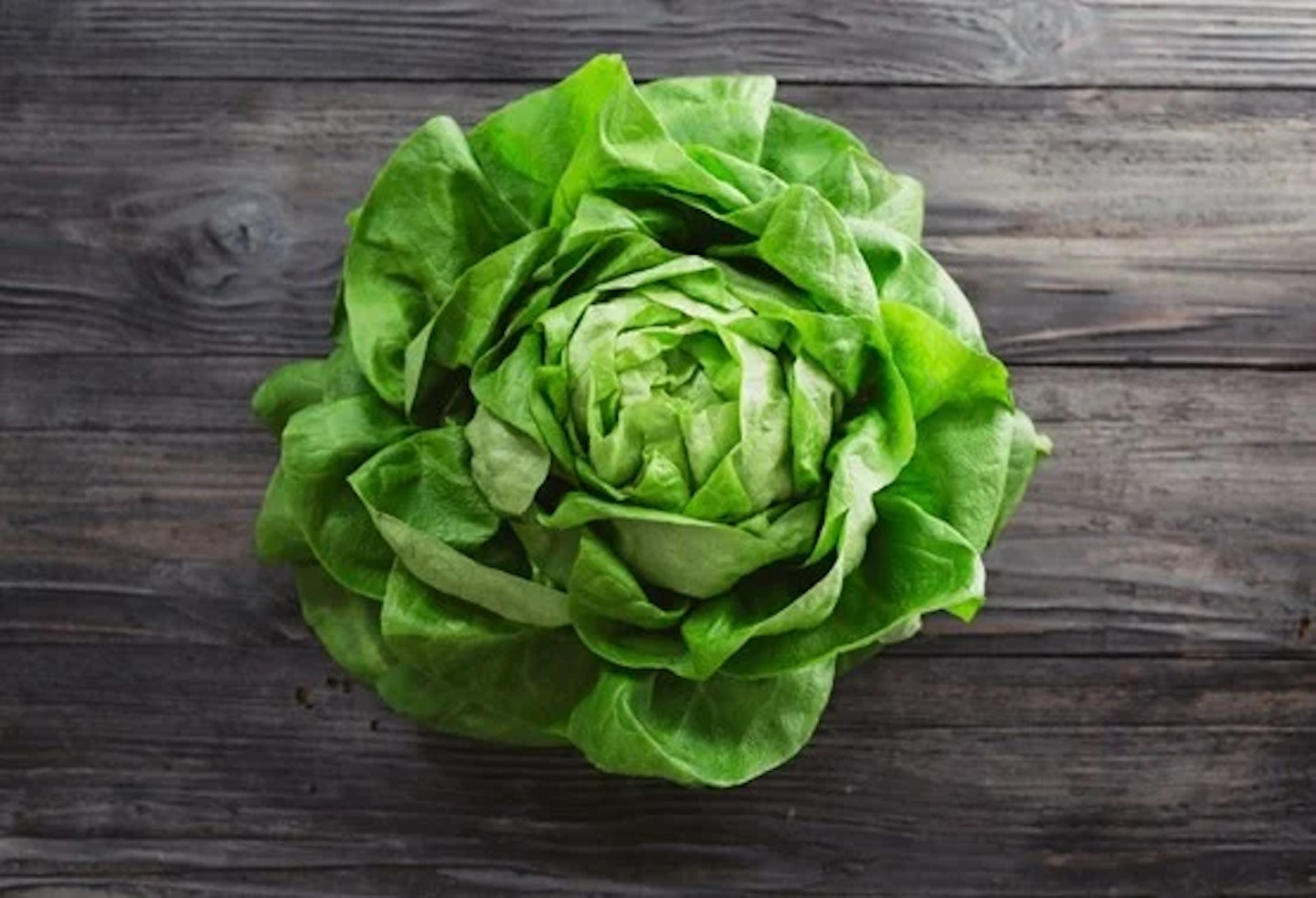
What’s my baby doing at 33 weeks?
Your baby’s bones are hardening this week, apart from the ones in their skull. They are not fused together yet so they can move and overlap, which makes it easier for them to squeeze through the birth canal (and explains why some babies are born with a slightly pointy head)! It will take until early adulthood for these bones to fuse entirely, so they can grow as the brain and other tissue grows during childhood.
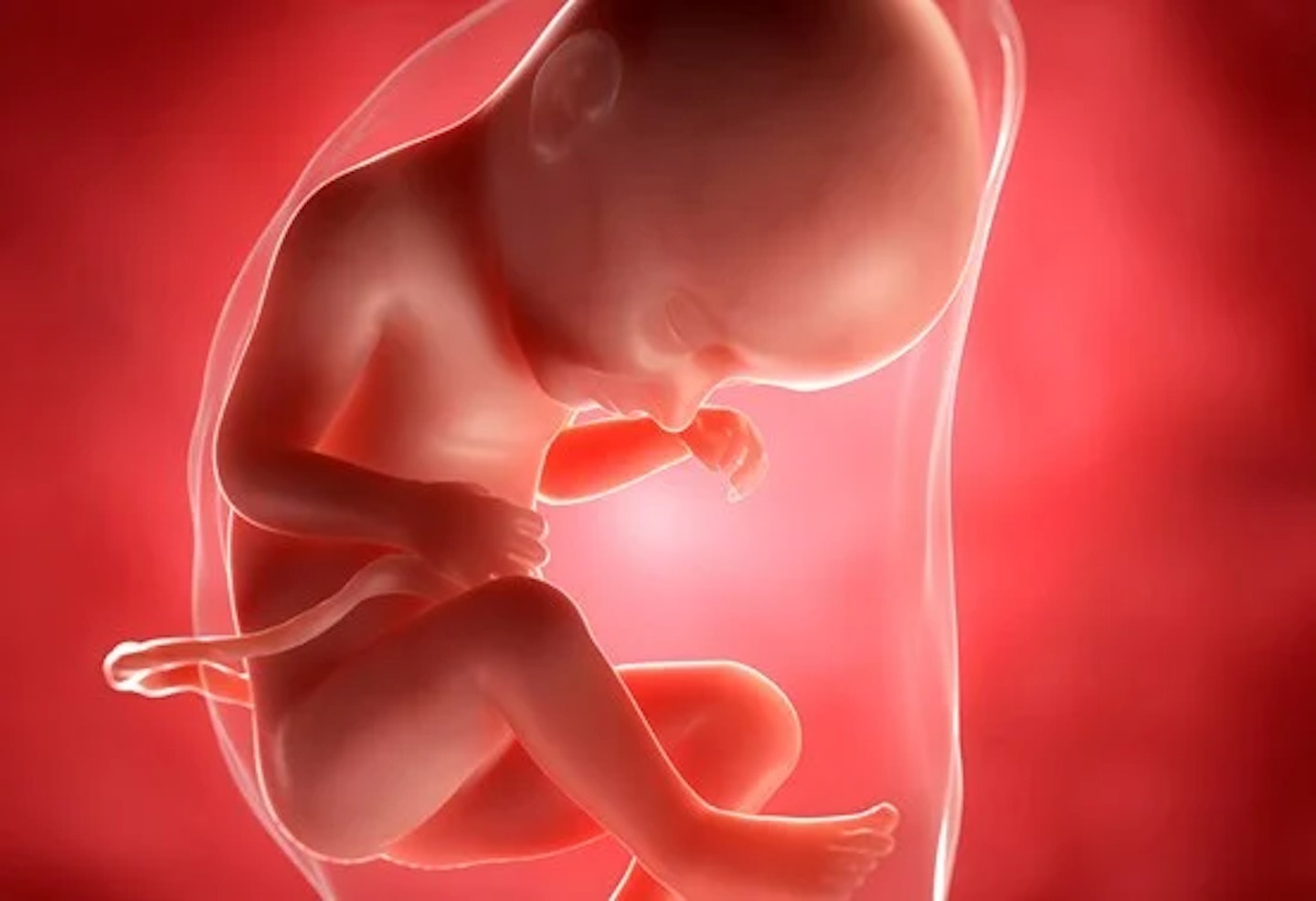
Your foetus has all the characteristics of a real-life baby now, with their eyes even closing while they are asleep and opening when they are awake. The walls of your uterus are also thinning, meaning more light is getting through to your baby: they can even tell between day and night now.
Your baby also now has their own immune system: you’re passing antibodies to them as it keeps developing, helping them fight off germs once they're born.
Common symptoms to look out for
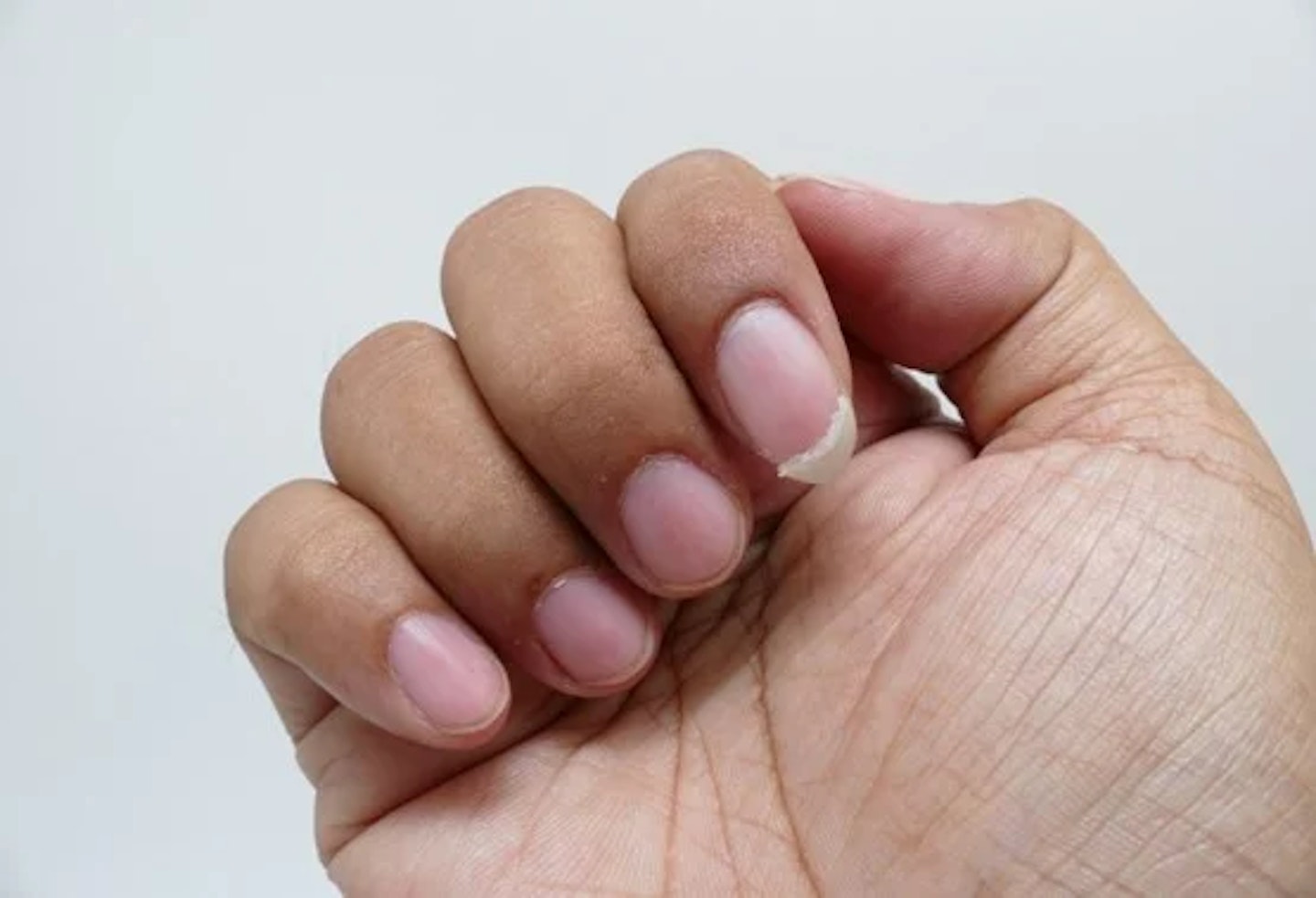 1 of 7
1 of 71) Brittle nails
Yup, blame those ever-present pregnancy hormones, which can cause your nails to become brittle. Eat lots of avocados, nuts and bananas to make sure you’re getting enough biotin in your diet.
 2 of 7
2 of 72) Forgetfulness and clumsiness
We have all heard of 'baby brain'. It's not so much of a scientific symptom but many mums suffer with feeling forgetful or clumsy. This can be down to your crazy hormones or your general feeling of nervous and anticipation for the labour and the baby.
 3 of 7
3 of 73) Headaches
You've probably suffered a lot with these during the different stages of your pregnancy. At 33 weeks pregnant, hormone fluctuations are likely to make these worse. Make sure it is not down to dehydrating by drinking lots of water!
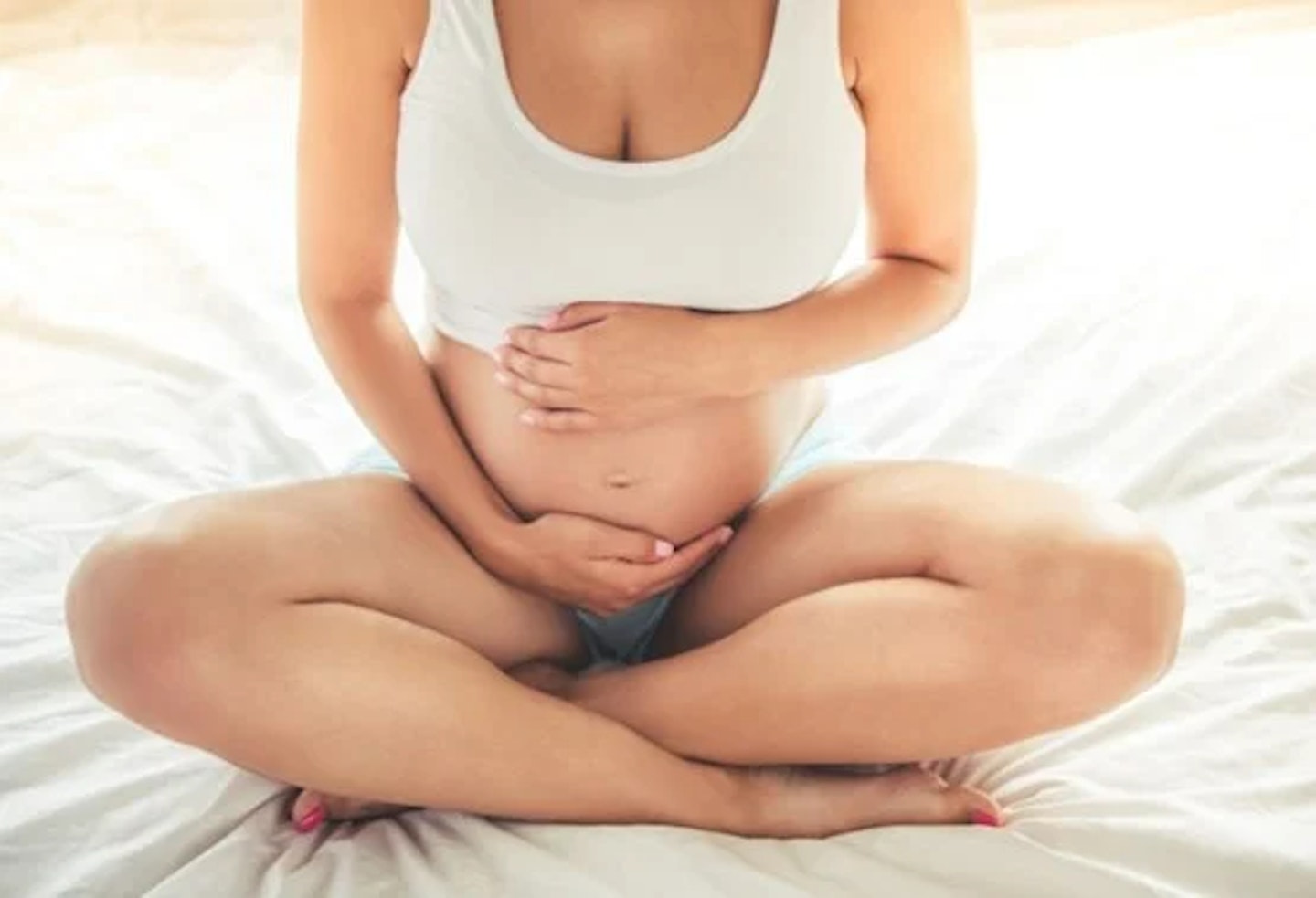 4 of 7
4 of 74) Vulval varicosities
As well as varicose veins on your legs, some women get them on their lady bits in pregnancy – they’re called vulval varicosities. Quite the tongue-twister, no? And, if you’re a sufferer, this makes sitting down a torturous experience. So to alleviate your discomfort try sitting on an icepack (wrap it in a tea towel or cloth). Pelvic floor exercises can also ease things along, as they help the blood to circulate better in the area and strengthen the supporting tissues around the veins.
 5 of 7
5 of 75) Insomnia
Third-trimester insomnia strikes most pregnant women, whether it’s because of leg cramps, heartburn, hormones, needing the toilet, or indeed feeling anxious about the impending birth. Try a warm bath before bed, and try to persuade your partner to give you a massage. You’ll need all the relaxation you can get before the baby arrives!
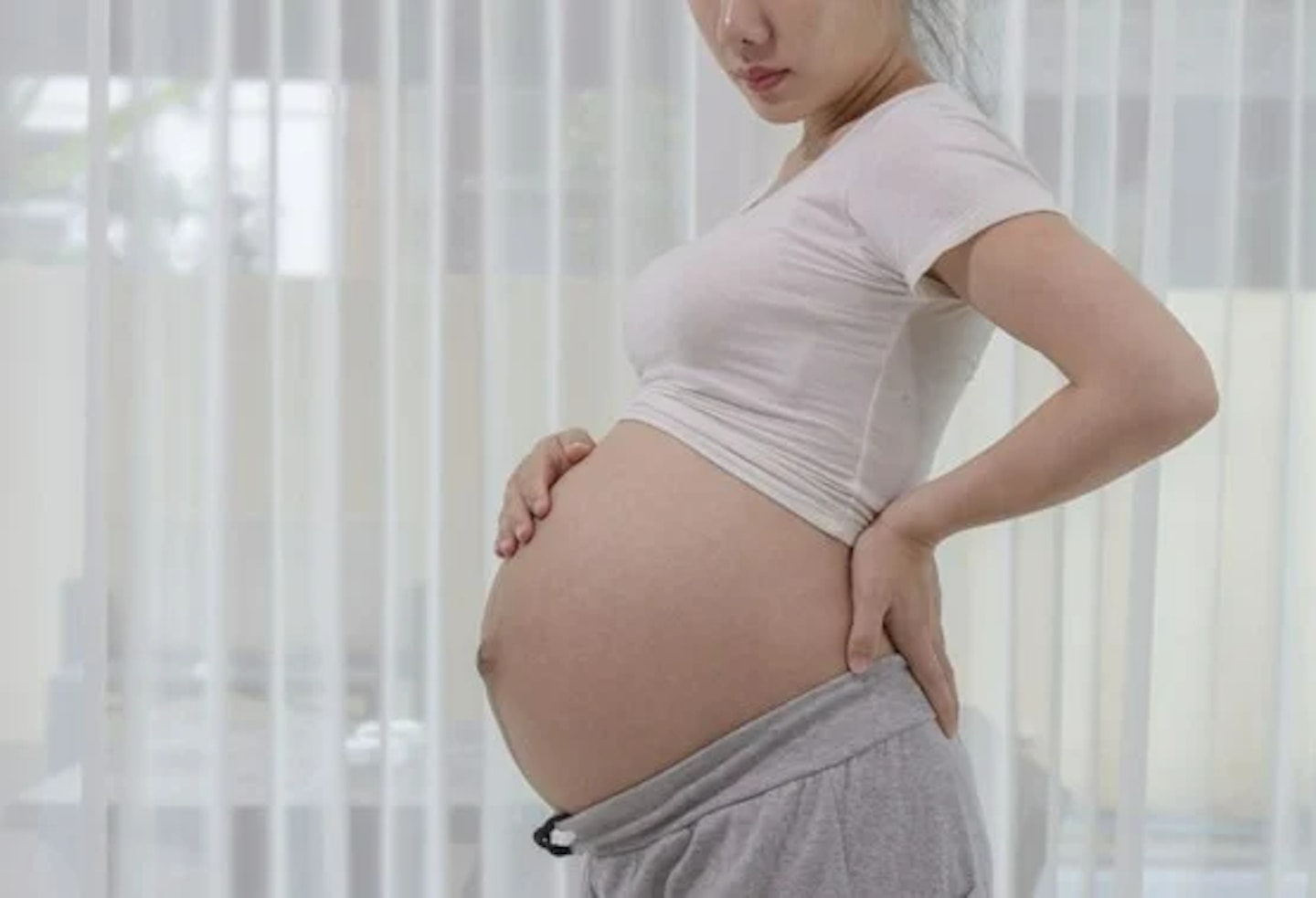 6 of 7
6 of 76) Sore stomach/round ligament
Also known as round ligament pain, this symptom affects many women, and feels like achy, sharp or cramp-like sensations in the lower abdomen, either on one or both sides. You may feel it when you suddenly change positions, get up from lying or sitting down, or make a sudden movement like laughing, coughing or sneezing. If the pain is frequent or accompanied by any other symptoms, like vaginal discharge or bleeding, make sure you call your doctor. If not, keep your feet up or try to wear a belly band under your bump to ease the pain.
 7 of 7
7 of 77) Over-heating
Your metabolic rate is speeding up which might result in you burning up! Try and wear lose clothing and relax where possible. Perhaps a cold flannel on your head or a fan might help!
What is my body doing at 33 weeks pregnant?
If you are suffering from vulval varicosities try putting a small pillow under your bottom when lying down, or elevating the bottom of your bed. Avoid straining when you’re doing a number two – and if it still hurts, place some folded toilet paper or a sanitary pad in your hand and hold gently against the vulva whilst your bowels are moving. Thankfully, these painful veins should clear up around a month after the birth.
Things to think about this week:
It might not be as appealing as a girls’ weekend in the spa, but a simple daily massage of the area between your vagina and anuscan really help prevent tearing, protect you from needing an episiotomy and promote speedier healing of the area after the birth. Make sure your hands are clean and don’t do this if you have anything like thrush or herpes. Here’s a how-to guide for how to do this safely and effectively.
-
Sit in a semi-reclined position with your knees bent and your legs apart. Lubricate your fingers, thumbs, and perineal area with vitamin E oil (from punctured vitamin E capsules), pure vegetable oil, or personal lubricant. Don't use baby oil, mineral oil, or petroleum jelly.
-
Place one or both thumbs (about half their length) inside your vagina. Press down toward the rectum and toward the sides at the same time. Gently and firmly continue stretching until you feel a slight burn or tingling. Hold this stretch for about two minutes.
-
Slowly and softly massage the lower part of the vagina back and forth in a U shape, and apply pressure downwards and sideways.
-
Finally, massage the tissue between the thumb and forefinger back and forth for about a minute.
-
Be gentle – you don’t want to bruise or hurt yourself (the area is definitely delicate!). During the massage, avoid pressure on the urethra (urinary opening) as this can lead to irritation or infection.
